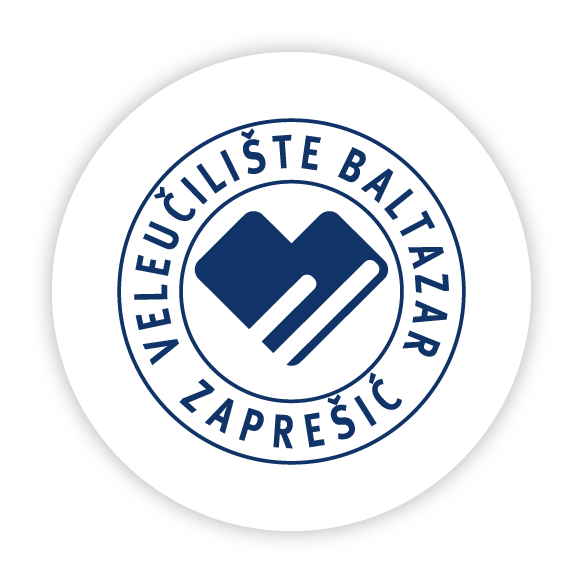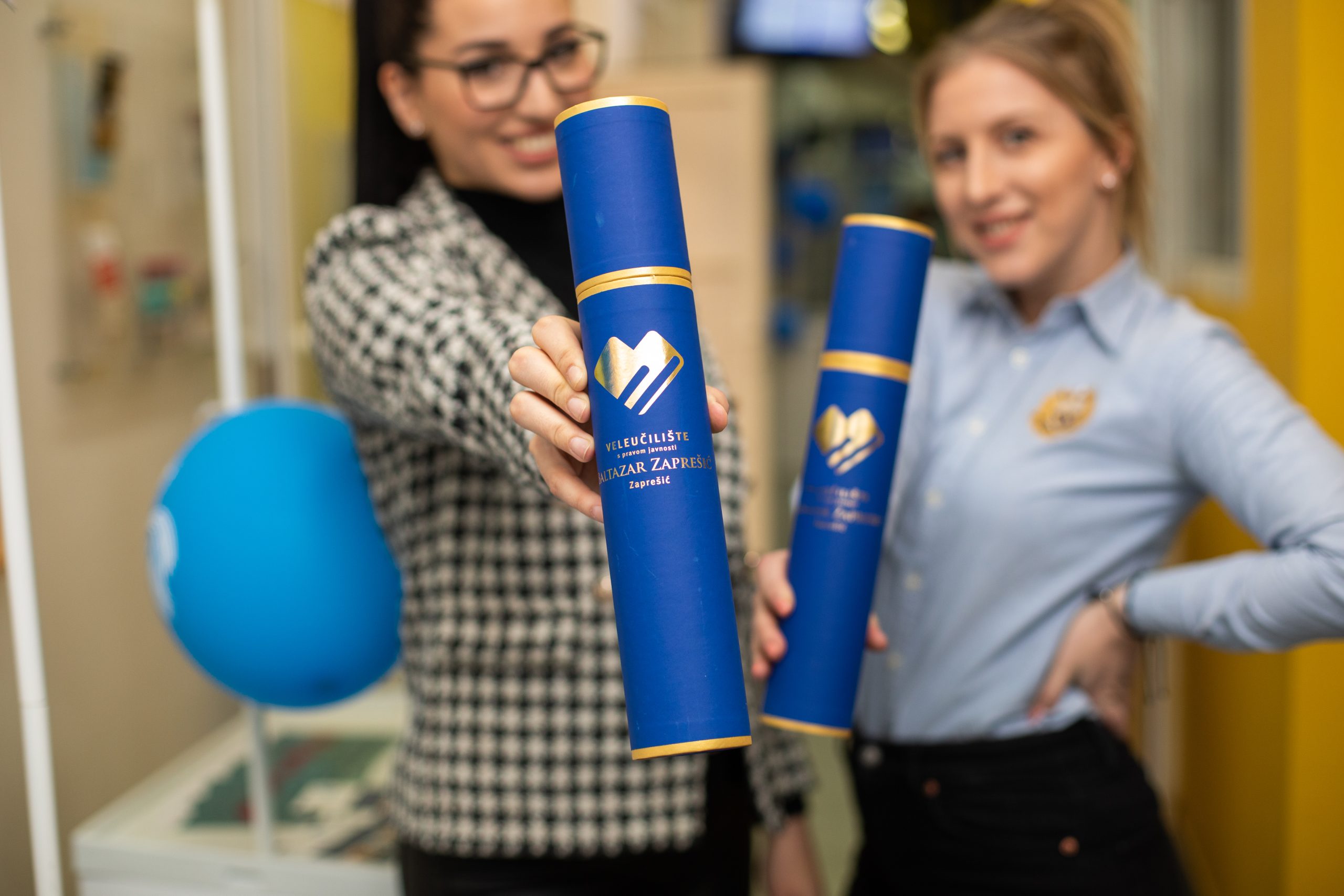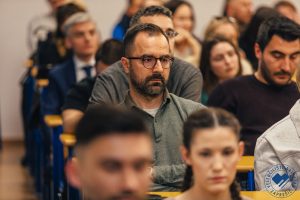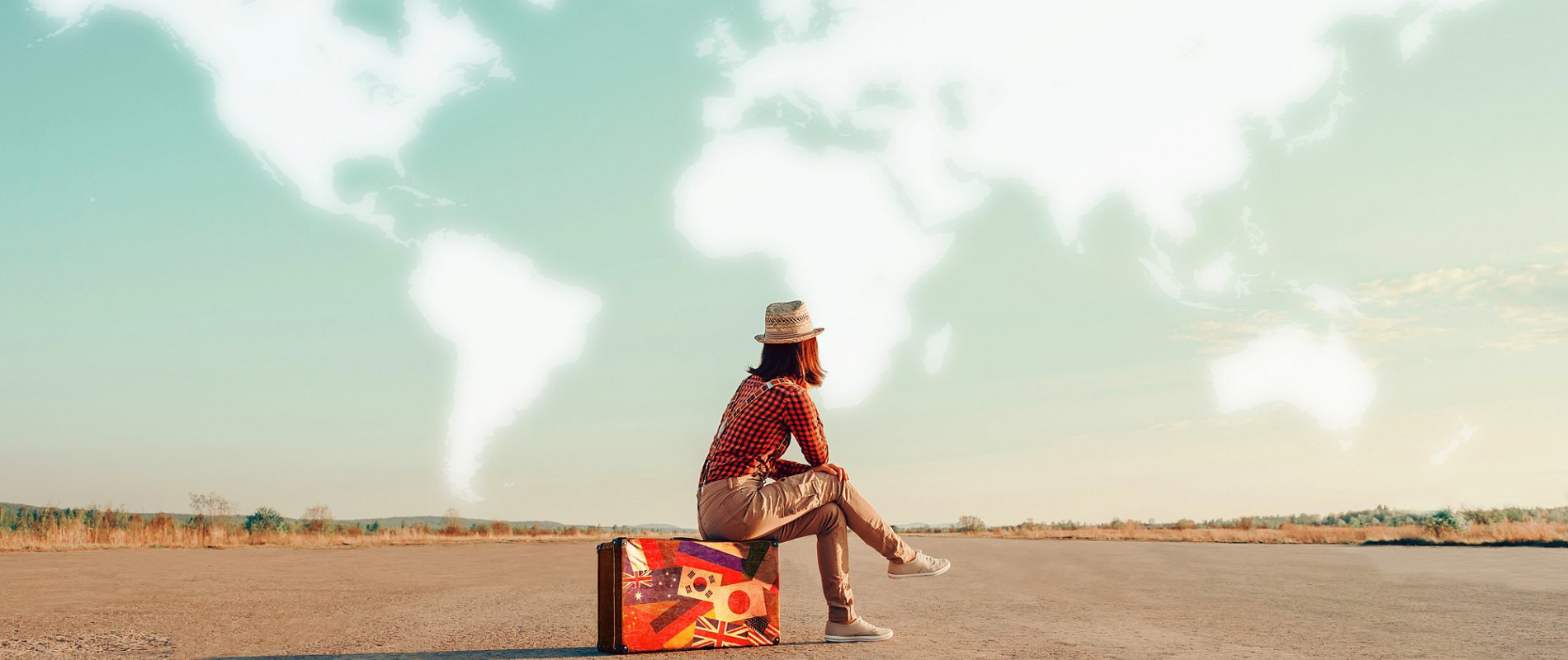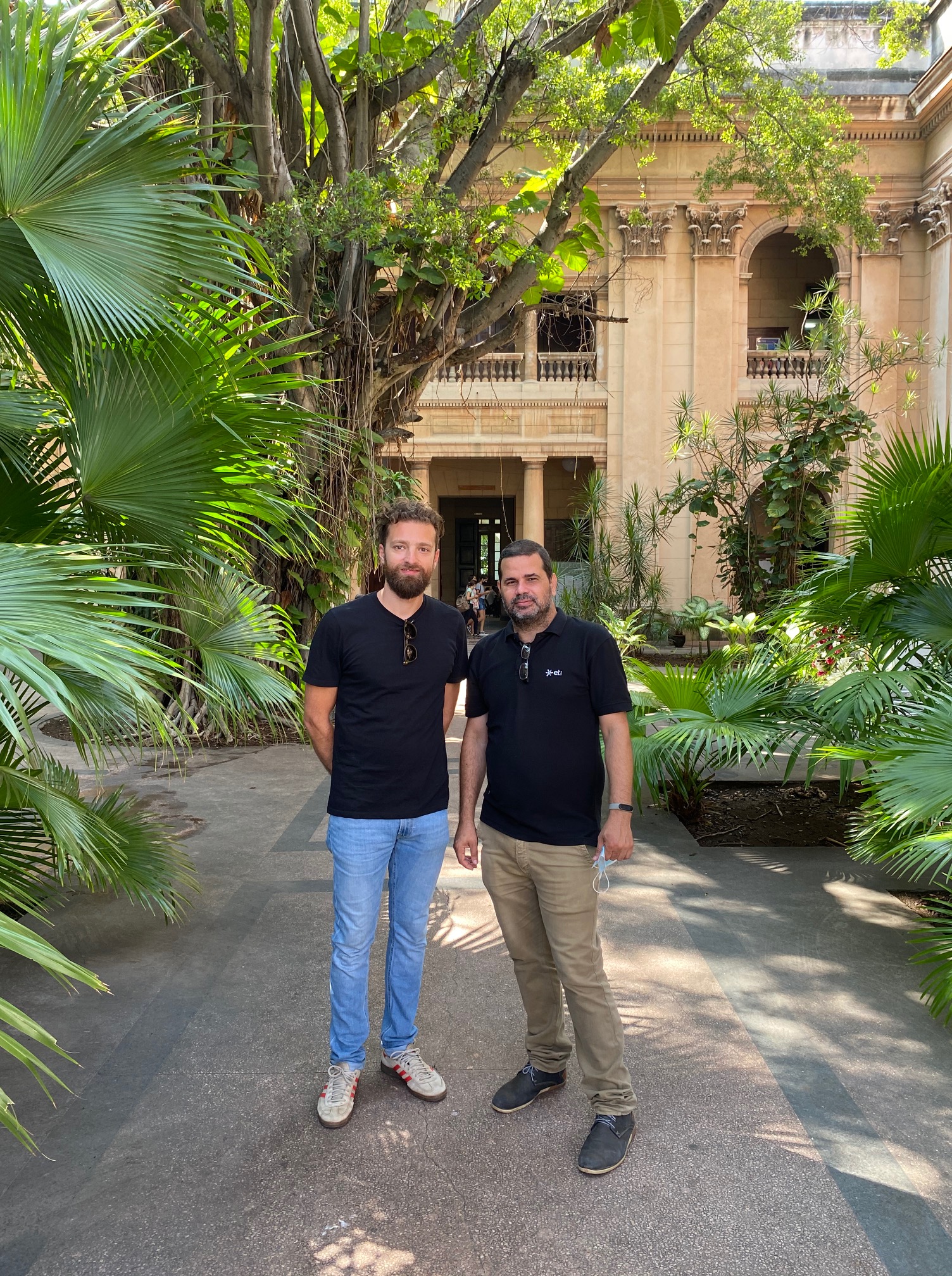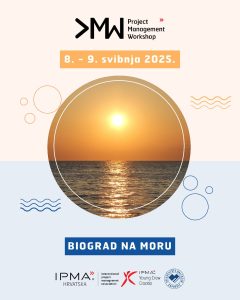CUBA: A Caribbean island full of life
My two-week Erasmus Mobility Exchange Program journey started in Cuba, a Caribbean island that appears as it stood in time. The first stop was colorful, vibrant, and amazing Havana where you can experience the centuries of Afro-Cuban culture on every corner of the city. The unique mix of cultural and artistic influences throughout history has led to Cuba being renowned for its eclectic and diverse architecture, which can be defined as a unique fusion of numerous architectural styles from around the world. Cuban architecture is deeply reflective of its colonial period and Havana streets are a spectacular mixture of Neoclassicism, Baroque, and Art deco influences. Famous for its colorful vintage cars, from the 50s, Havana is so much more than that. Salsa rhythms, street vendors and performers, amazing seafood, the best cocktails in the world, and the ever-present smile of Cuban people along with the smell of Cuban cigars are my first associations. This city really lives on the streets and regardless of the chaotic traffic, somehow everything coexists in harmony.
Why this architectural and a bit historical intro, you ask?
Well, because even amazing Havana streets couldn’t prepare me for Universidad de Habana. Founded in the 18th century, the university is the oldest in Cuba, and one of the first to be founded in the Americas. Originally a religious institution, today the University of Havana has 15 faculties (colleges) at its Havana campus and distance learning centers throughout Cuba. My mentor and host Judy walked me through the campus buildings and amazing gardens where students from different fields share a mutual passion for knowledge and collaboration.
Hosting a series of lectures for Ph.D. students of IT sciences was a great privilege and pleasure. We discussed and exchanged ideas on AI in global industries, its ethical implications, and practical use. My goal was also to familiarize students with Erasmus Mobility Exchange Program and encourage all young talents to apply and experience studying in some of the European cities.
Besides Havana, I visited the Viñales Valley, known for its specific karst landscape, where traditional methods of agriculture, especially tobacco, have remained unchanged to this day and as such are under the protection of UNESCO. Viñales is 184 km away from Havana and something completely different from what I experienced in the capital city. The fastest form of “public transportation” is taxi collectivo – long-distance taxi sharing where you can always meet other tourists and locals traveling in the same direction. Endless landscapes of vivid green with mango and palm trees along with coffee and tobacco plantations replaced noisy and urban Havana. A visit to the Mural de la Prehistoria (Prehistoric Mural) is an incomparable way of getting closer to the art of the inhabitants of Viñales. This enormous mural painting, full of brightly colored figures in the famous Pita mogote is one of the most famous Viñales postcards along with Mirador de Los Jazmines (Jazmines Viewpoint). Viñales also has several cave systems that you can visit: The Cueva del Indio (Indio Cave), a place that will remain engraved in my memory thanks to its underground rivers such as the Río San Vicente(San Vicente River).
My next stop was Trinidad, one of the best-preserved cities in the Caribbean from the time when the sugar trade was the main industry in the region. The Plaza Mayor of Trinidad is a plaza and an open-air museum of Spanish Colonial architecture. Valle de Los Ingenios, also named Valley de Los Ingenios or Valley of the Sugar Mills, is a series of three interconnected valleys about 12 kilometers (7.5 mi) outside of Trinidad, Cuba. The three valleys, San Luis, Santa Rosa, and Meyer were a center for sugar production from the late 18th century until the late 19th century. At the peak of the industry in Cuba, there were over fifty sugar cane mills in operation in the three valleys, with over 30,000 slaves working in the mills and on the sugar cane plantations that surrounded them. I found time to explore the wonders of Cuban nature too. El Nicho is located inside the Gran Parque Natural Topes de Collantes, a forested park that extends across the Sierra Escambray mountain range in central Cuba.
Aside from touristic attractions, vibrant streets, amazing food, and friendly and curious people, Cuba has another side too. A socialist political economy that was imposed in the 60s with Castro’s revolution which today is collapsing and giving in some way bitter taste on a visit to this wonderful and colorful country.
